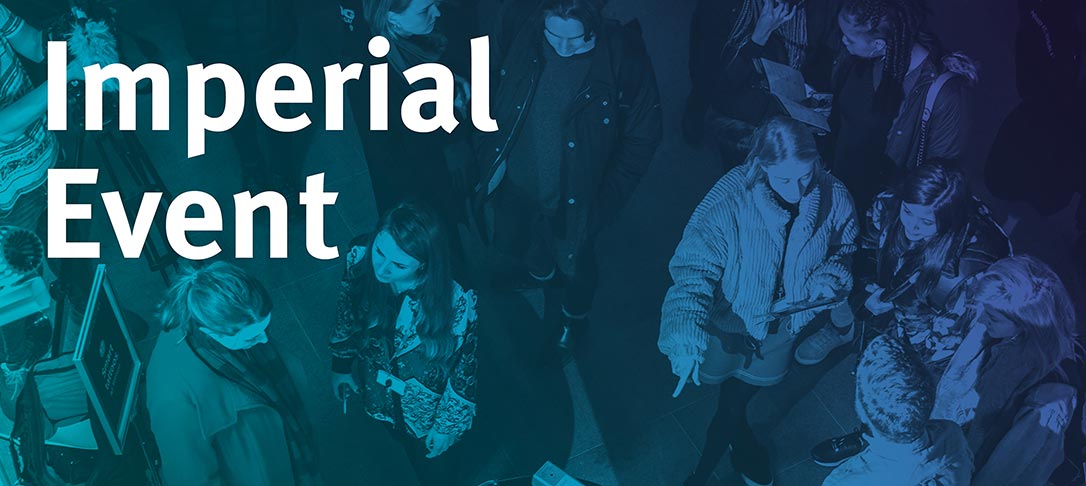New technology and integrated databases supply great amounts of data containing rich spatial and temporal information. Disentangling complex relationships to gain understanding of the structure of causations and interconnectedness represented by these large data sets at a fundamental level is a non-trivial task. Mapping this information onto networks is often convenient, but nodes and links still need to be defined in a relevant way, which is not necessarily obvious from the data. Oftentimes, nodes will naturally be identified with specific time series, say EEG electrodes, traded stock or individual geolocalised footprint. When this is the case the directed interdependence, or information theoretic causal structure between the nodes can then be established by use of various methodologies many of which has their origin in Granger’s seminal work on causality, but the field is in constant evolution and a trove of methods have been developed or adapted to define nodes and their relationships from spatio-temporal data across a very wide range of fields, as reflected by the fields of interest of our invited speakers.
This satellite meeting gathered leading experts from information and network theory together with data scientist to take stock at the state of the art of the field and to discuss issues such as the validity, specificities, limitations and most importantly the transferability of methods to extract and analyse networks from spatio-temporal data.
Programme:
9.00-9.10: Introductory words
9.10-9.45: Céire Costello, Imperial College London, « Using patient movement networks to predict infection transmission »
9.45-10.20: Dimitris Kugiumtzis, Aristotle University of Thessaloniki, « Short and Long Term Prediction of Multivariate Time Series: Learning the Dynamics »
10.20-11.00: Coffee break
11.00-11.35: Laetitia Gauvin, ISI Foundation, « Understanding urban mobility from a gendered perspective using mobile phone data »
11.35-12.10: Tiago Pereira, Universidade de São Paulo, « Effective Networks predicts network structure and critical transitions from data »
12.10-13.10: Contributed talks (10+2 minutes each)
- Cees Diks, University of Amsterdam, « Detecting Granger Causality with a Nonparametric Information-theoretical Statistic »
- Ihusan Adam, Universita di Firenze « Reactive explorers to unravel network topology »
- Shunichi Amano, Tokyo Institute of Technology, « Detecting causal structure in nonverbal interaction of educational communications »
- Simon Vary, University of Oxford, « Technological era discovery by extracting temporal technology networks from the UK patents »
- Alexis Arnaudon, Imperial College London, « Revisiting quantum graphs »



